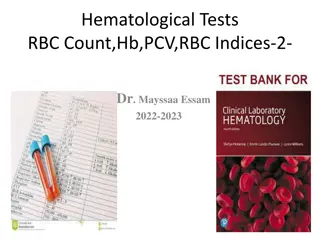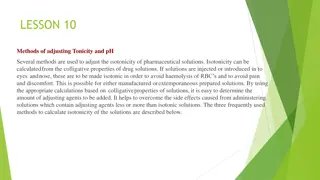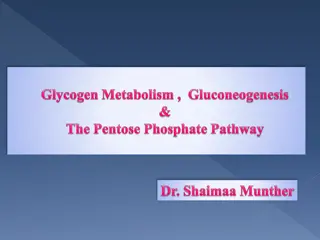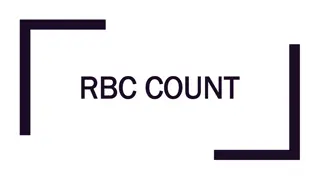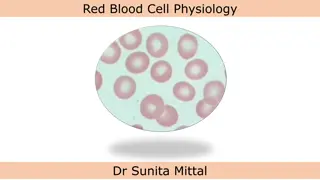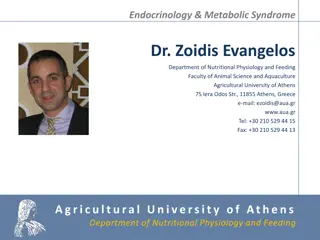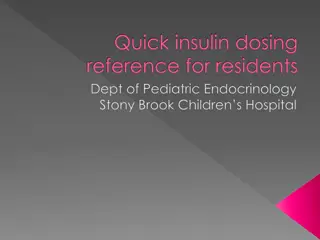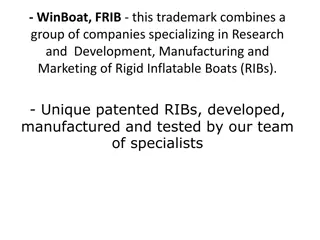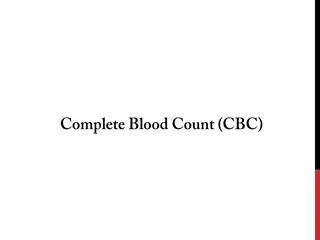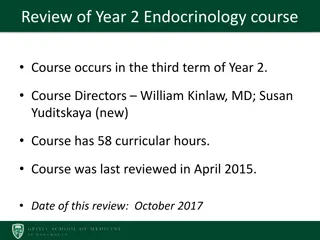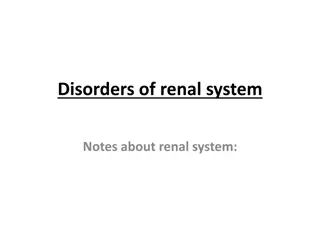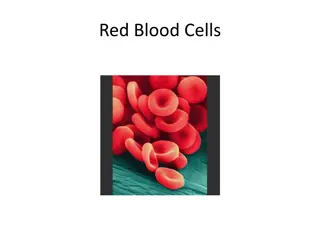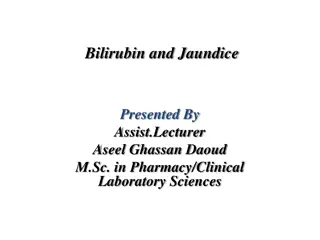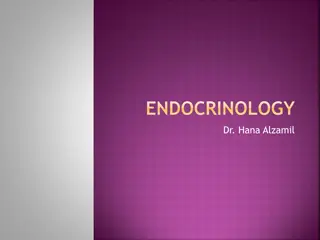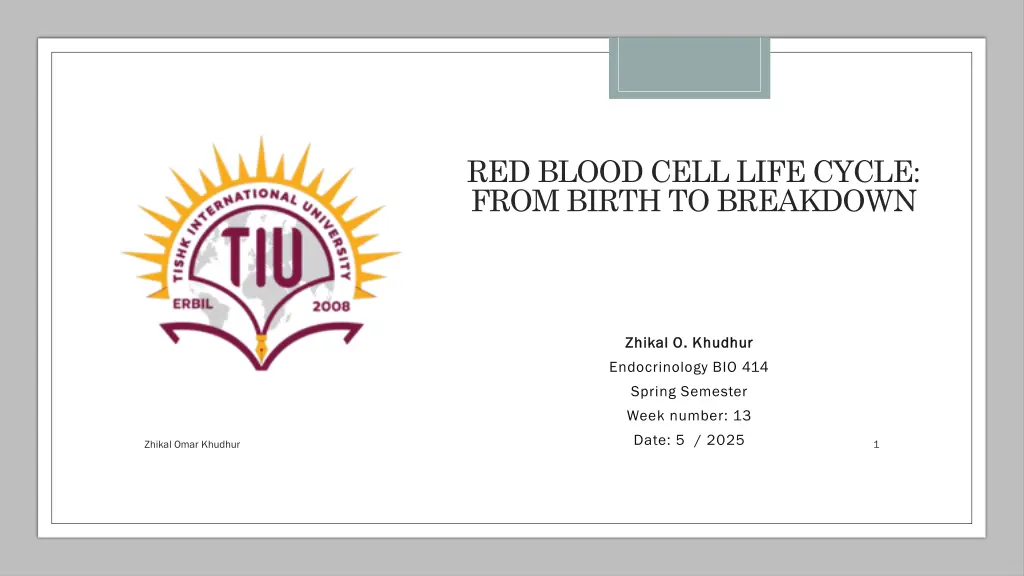
Red Blood Cell Life Cycle: From Birth to Breakdown Overview
Explore the fascinating journey of red blood cells from their formation in the bone marrow to their breakdown process. Learn about the key features, functions, production, and destruction of red blood cells, as well as the role of organs in the red blood cell lifecycle.
Download Presentation

Please find below an Image/Link to download the presentation.
The content on the website is provided AS IS for your information and personal use only. It may not be sold, licensed, or shared on other websites without obtaining consent from the author. If you encounter any issues during the download, it is possible that the publisher has removed the file from their server.
You are allowed to download the files provided on this website for personal or commercial use, subject to the condition that they are used lawfully. All files are the property of their respective owners.
The content on the website is provided AS IS for your information and personal use only. It may not be sold, licensed, or shared on other websites without obtaining consent from the author.
E N D
Presentation Transcript
6/5/2025 RED BLOOD CELL LIFE CYCLE: FROM BIRTH TO BREAKDOWN Zhikal O. Khudhur Zhikal O. Khudhur Endocrinology BIO 414 Spring Semester Week number: 13 Date: 5 / 2025 Zhikal Omar Khudhur 1
Objectives Objectives Identify key features and functions of red blood cells. Outline the process and requirements of RBC production. Describe how RBCs are destroyed and cleared from the body. Explain hemoglobin breakdown and the origin of urine and feces color. Zhikal Omar Khudhur 6/5/2025 2
Introduction Red Blood Cells (RBCs) or Erythrocytes Most abundant blood cells Transport oxygen and carbon dioxide Lifespan: ~120 days
Characteristics of RBCs Biconcave disc shape Flexible to pass through capillaries No nucleus or organelles Packed with hemoglobin
Iron for hemoglobin Vitamin B12 and folic acid for DNA synthesis Requirements for RBC Production Protein and amino acids Hormones: Erythropoietin (EPO), Testosterone
Bone marrow: site of erythropoiesis Role of Organs in RBC Lifecycle Kidneys: produce EPO in response to hypoxia Liver: stores iron, processes bilirubin Spleen: removes aged RBCs Macrophages: digest old RBCs
Erythropoiesis Stages 1. Hematopoietic Stem Cell 2. Myeloid Progenitor 3. Proerythroblast 4. Basophilic Erythroblast 5. Polychromatic Erythroblast 6. Orthochromatic Erythroblast 7. Reticulocyte 8. Mature Erythrocyte
RBC Destruction Process Happens in spleen, liver, bone marrow Hemoglobin breakdown: - Globin amino acids - Heme iron + biliverdin bilirubin
1. RBC Death and Phagocytosis Old or damaged RBCs (~120 days old) are removed by macrophages in the spleen, liver, or bone marrow. 2. Hemoglobin Breakdown Inside macrophages, hemoglobin (Hb) is broken into: Globin sent for protein recycling Heme further processed 3. Globin Amino Acids The globin chains are broken into amino acids and reused in protein synthesis. 4. Heme Iron (Fe ) + Biliverdin The heme group splits into: Iron (Fe ) bound to transferrin Biliverdin converted into bilirubin
5. Iron Transport via Transferrin Iron is transported in the blood by transferrin to be reused or stored. 6. Iron Storage in Liver Excess iron is stored in the liver as ferritin. 7. Iron Recycling for RBC Production Stored or transported iron returns to the bone marrow to support erythropoiesis. 8. Erythropoiesis in Bone Marrow New RBCs are produced in the red bone marrow using iron, globin, vitamin B12, and erythropoietin (EPO).
9. Biliverdin Bilirubin Non-iron portion of heme becomes bilirubin. 10. Bilirubin Transport to Liver Unconjugated bilirubin binds to albumin and is transported to the liver. 11. Conjugation and Excretion via Bile In the liver, bilirubin is conjugated and excreted in bile into the small intestine. 12. Bilirubin in Intestine Urobilinogen In the intestine, bacteria convert bilirubin into urobilinogen. 13. Urobilinogen Urobilin (Urine) Some urobilinogen is reabsorbed, filtered by the kidneys, and excreted as urobilin, giving urine its yellow color. 14. Urobilinogen Stercobilin (Feces) Most urobilinogen stays in the intestine and becomes stercobilin, giving feces its brown color.
Bilirubin Pathway Unconjugated bilirubin binds albumin liver Conjugated in liver bile intestine In intestine: - Urobilinogen urobilin (urine) - Stercobilin (feces)
Color Explanation Urobilin: yellow color of urine Stercobilin: brown color of feces
Clinical Relevance Jaundice: excess bilirubin Anemia: low RBCs/hemoglobin Hemolytic diseases: abnormal RBC destruction
References Greenstein B. & Wood D. F. (2011). The endocrine system at a glance (3rd ed.). Wiley- Blackwell Melmed S. Auchus R. J. Goldfine A. B. Koenig R. Rosen C. J. & Williams R. H. (2020). Williams textbook of endocrinology (14th ed.). Elsevier. Boron W. F. & Boulpaep E. L. (2021). Boron & boulpaep concise medical physiology. Elsevier. Barrett K. E. Barman S. M. Yuan J. X.-J. & Brooks H. (2019). Ganong's review of medical physiology (review questions) (26th ed.). McGraw-Hill Education LLC Molina P. E. (2018). Endocrine physiology (Fifth). McGraw-Hill Education. 6/5/2025 Zhikal Omar Khudhur 20
Thank you 6/5/2025 Zhikal Omar Khudhur 21



